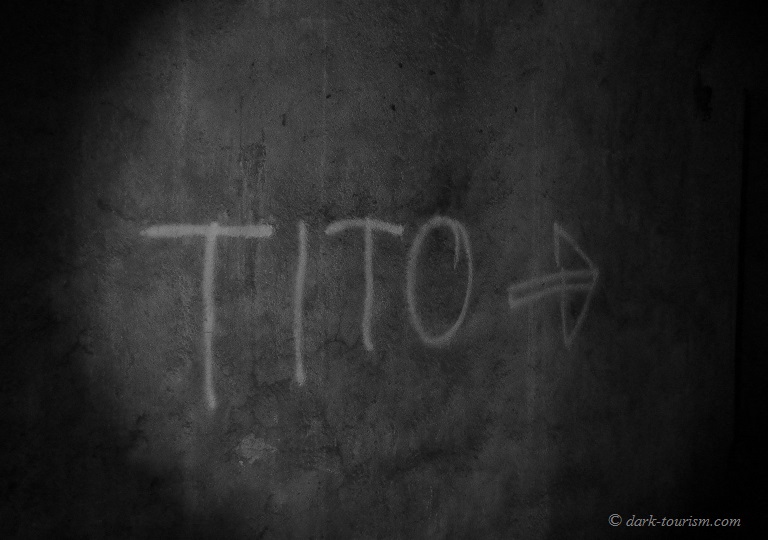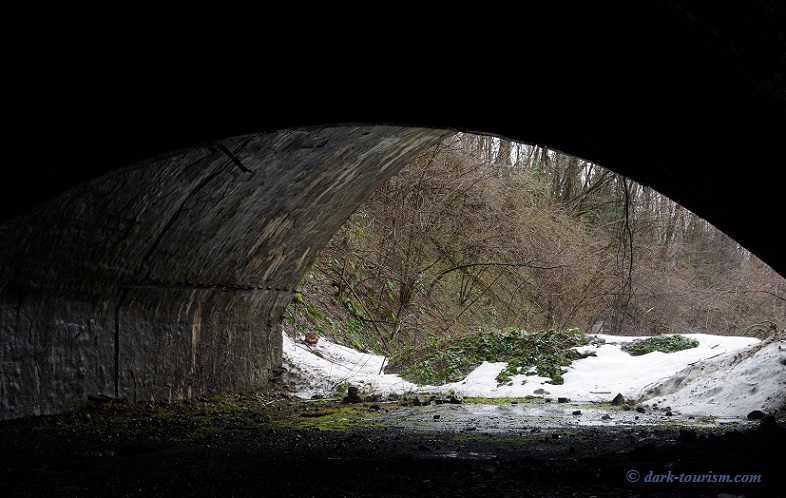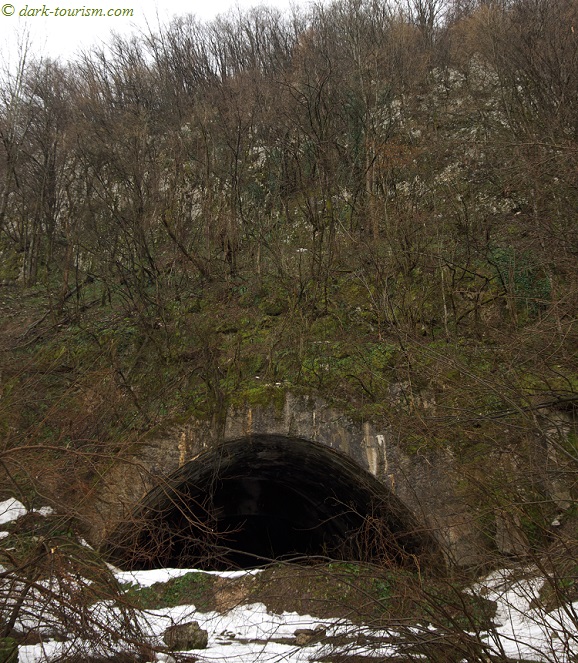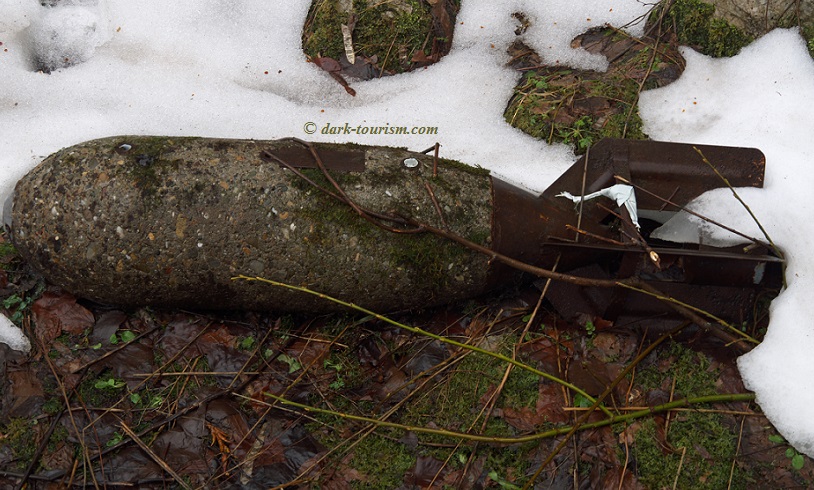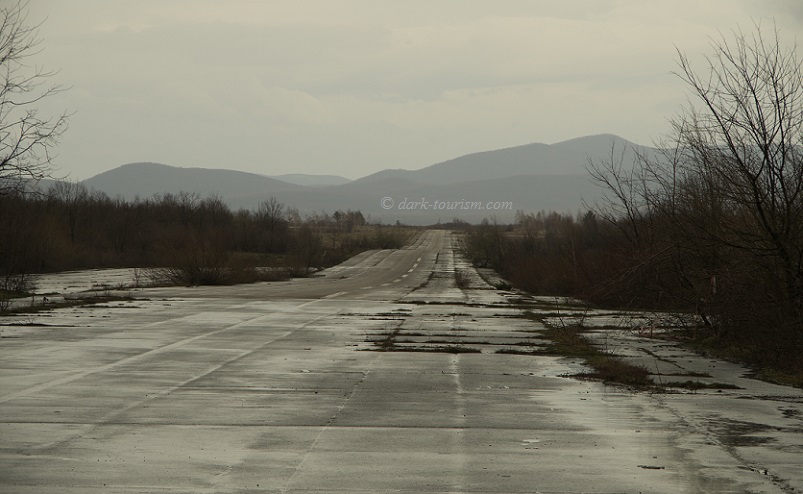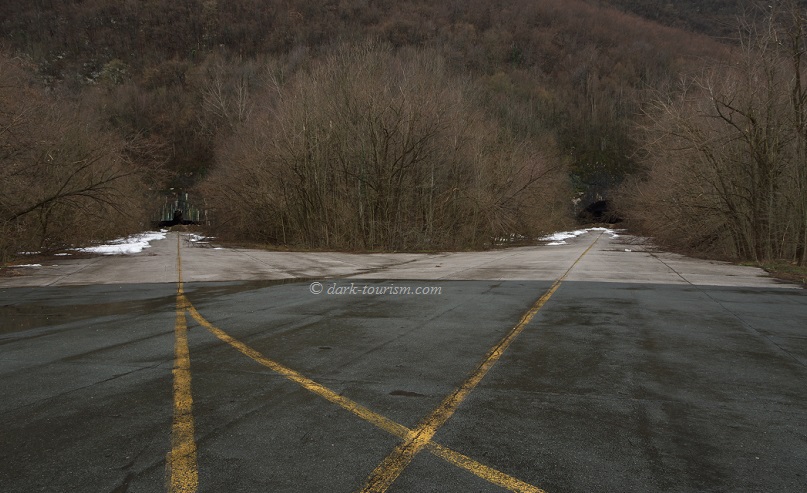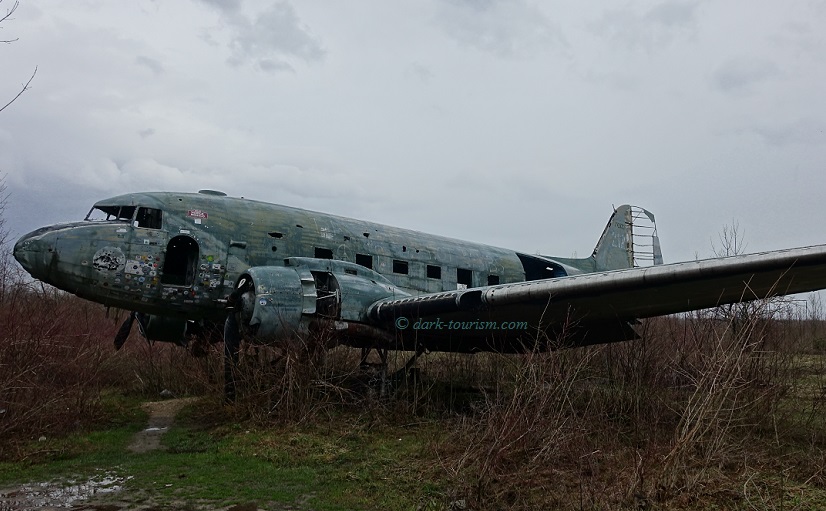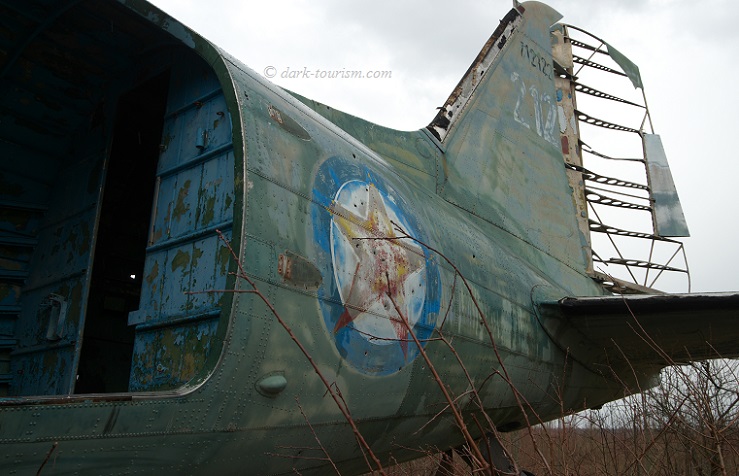Yesterday’s post mentioned the fabled underground airbase of Željava, located now on the border between Croatia and Bosnia and Herzegovina. I said it would be worth a post of its own. So here we go. Why delay it.
It’s a very cool site, especially in terms of ‘urbexing’ and it’s visually extremely appealing, provided you like it dark, dank and even a bit scary 😉
As it happened, though, a different blog, run by a friend of mine, who’s also a better expert in all things Balkan than I can ever hope to be, recently featured a post about the same place. Now, rather than compete with that post (which I couldn’t really anyway), I give you the link and urge you to have a look. That’s especially worth doing because that post also features numerous historical photos from the time when the airbase was still active and intact, some charts/maps, as well as photos from deeper inside the complex than I ventured on my visit. It also gives you more historical background information and figures. Instead of repeating any of that here, I’ll rather complement that post with a series of 20 photos of my own that I took at the site. There are unavoidably certain overlaps in the imagery, but also differences.
Just the very briefest of info on the background: Željava was an enormously ambitious and excruciatingly expensive project of the Yugoslav era: a whole airbase for dozens of fighter jets, hidden inside and protected by the mountainside it had been dug into. The underground base had fuel tanks, weapons storages, supplies of food, its own water source, and space for thousands of personnel. It’s primarily a Cold War relic. It also served as an early warning centre, all in anticipation of a possible nuclear war. (Although you have to wonder what the point of having squadrons of fighter jets, nice and safe hidden inside a mountain, would have been if the runways outside had been rendered useless by bombing …)
While nuclear Armageddon never came, the base may have seen action in the early stages of the Balkans Wars, as mentioned in the previous post here. It’s not easy to find hard evidence, but at least the Homeland War Museum in Karlovac claims that its piece of a downed wreck of a MiG-21 jet is originally one that was based at Željava. The airbase was abandoned by the Yugoslav Air Force in 1992, and they made sure the runways were destroyed. The rest of the damage that is in evidence inside the tunnels today, however, stems primarily from the time when it had fallen into the hands of the Republic of Serbian Krajina – who planted high explosives in the tunnels before abandoning it, to make sure the Croats (or anybody else for that matter) could not make use of it.
I went to Željava with a tour guide from Zagreb at Easter 2018, and the weather was atrocious; it was hammering it down with rain, which made the residue snow that was still lying on the ground in many places even more slippery. So when we finally got to the entrance to the underground system we were glad we at least got into a dry shelter.
And though we didn’t have as much time for more thorough explorations inside (we also had a second tour later that day at another abandoned place), it was still one of the highlights of my Croatia trip (certainly on the urbex front!) … although “highlight” seems an odd metaphor in this case, as it’s rather extreme darkness (physically) that characterizes this place.
Here are my photos, well 20 of them:
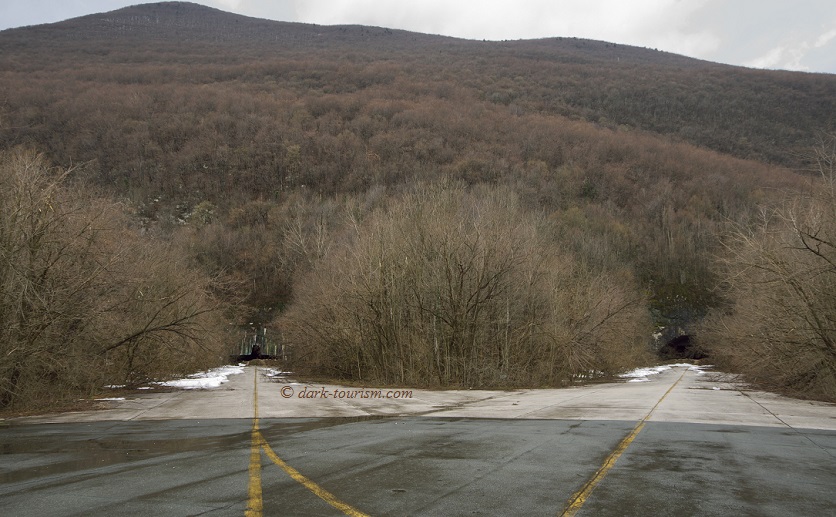
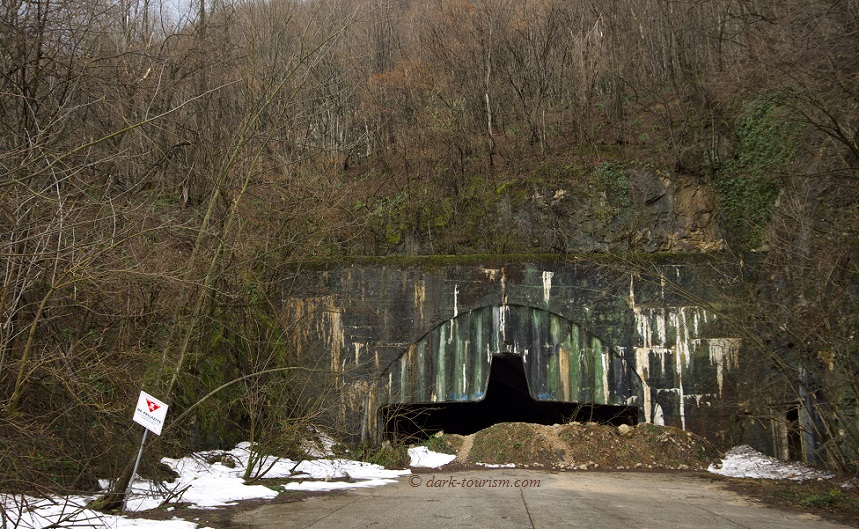
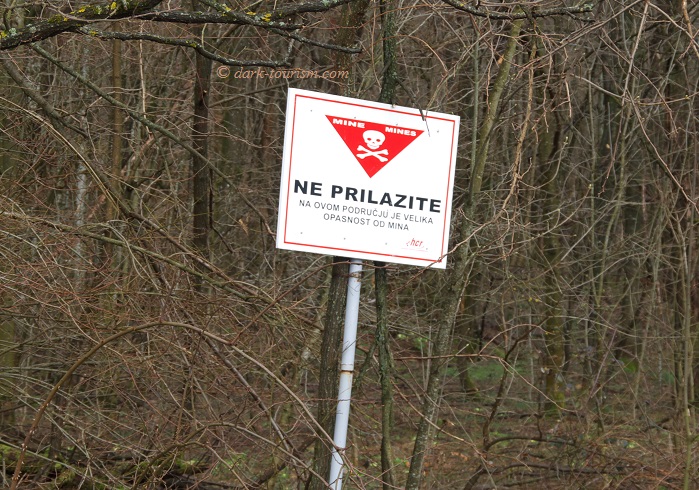
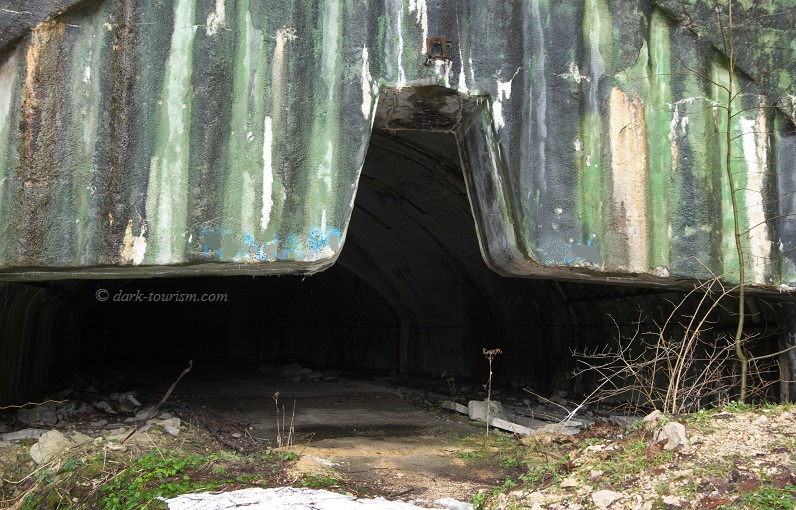
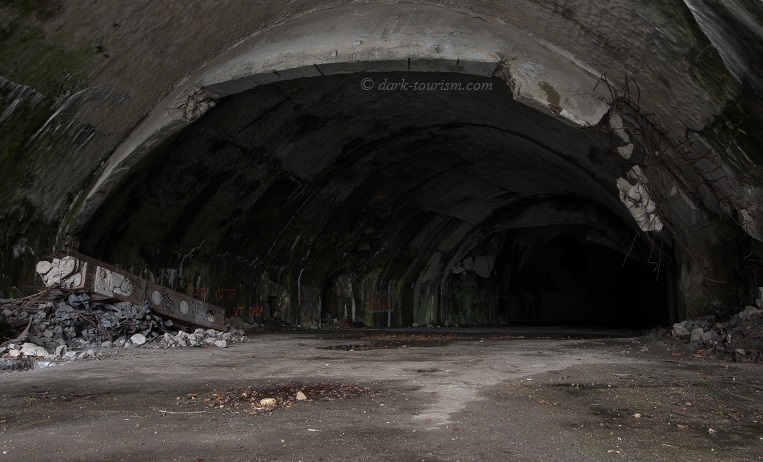
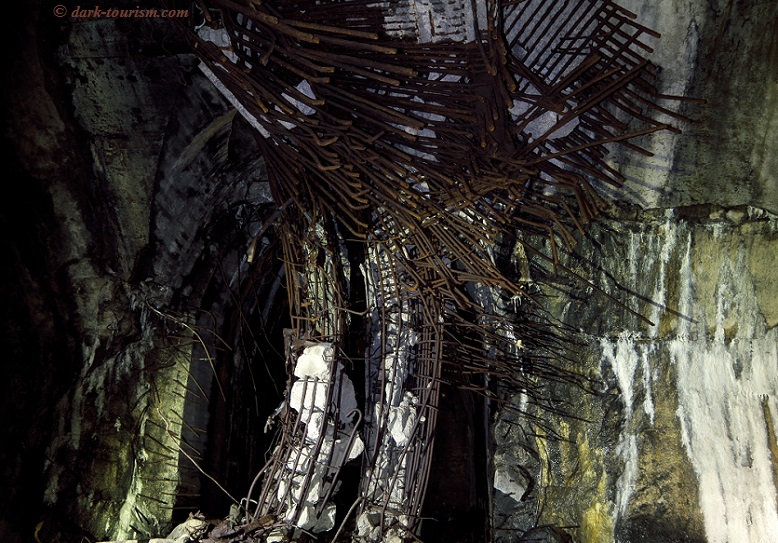
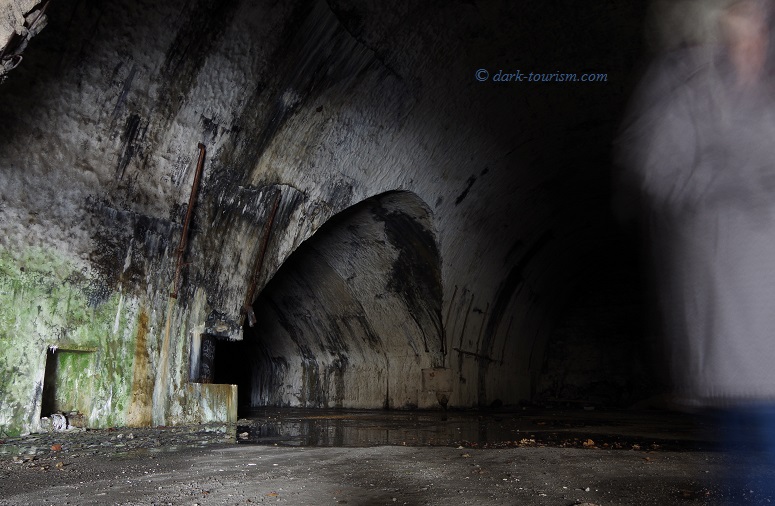
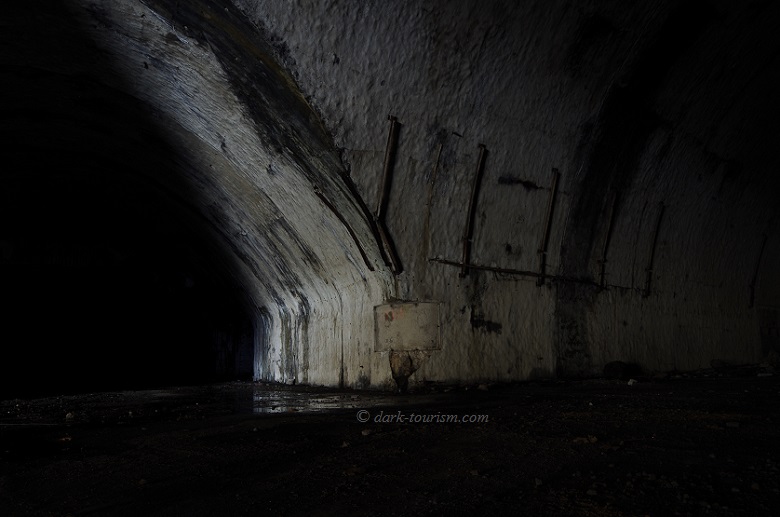
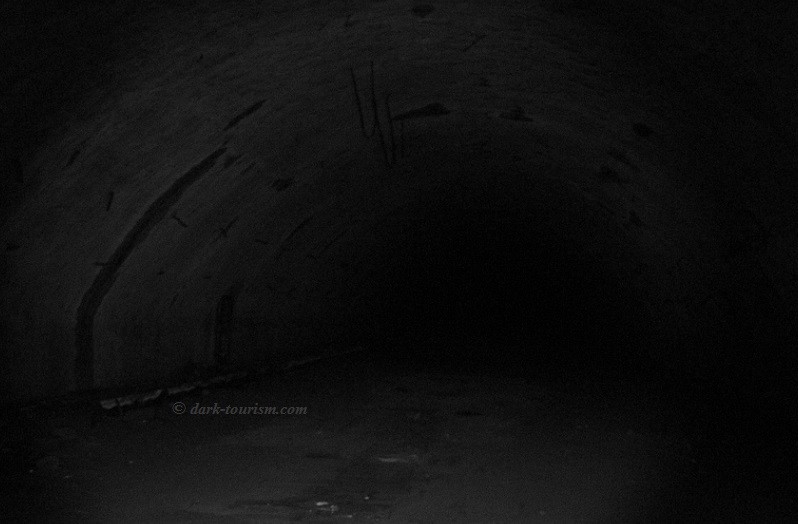
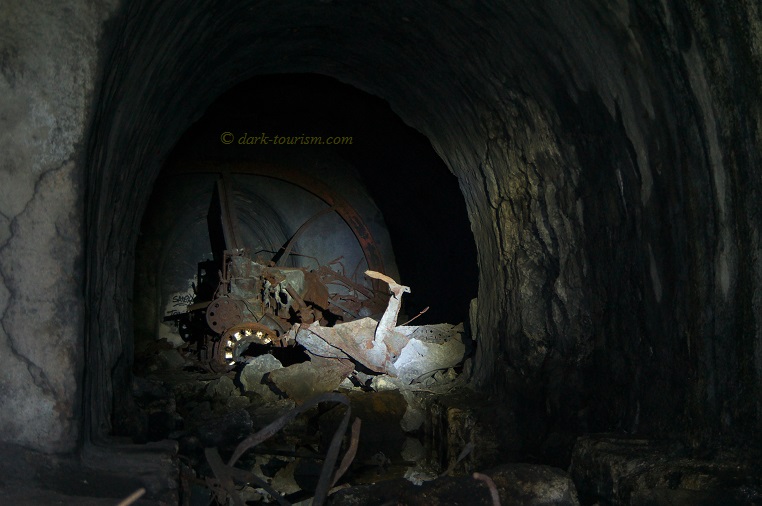
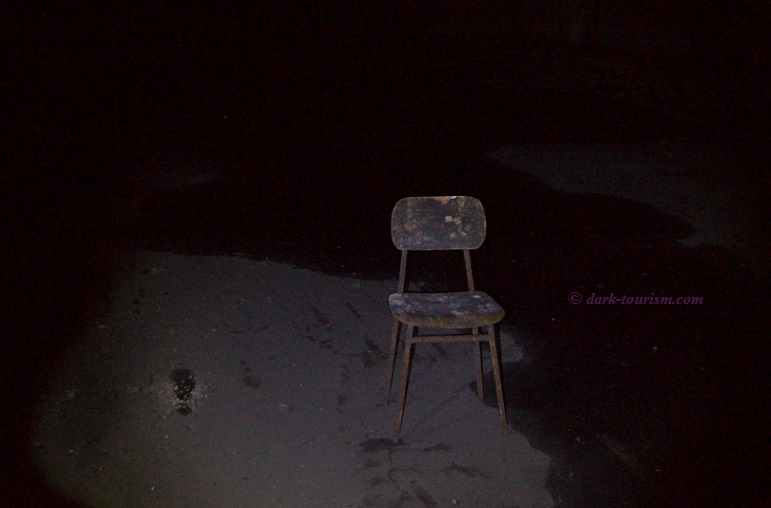
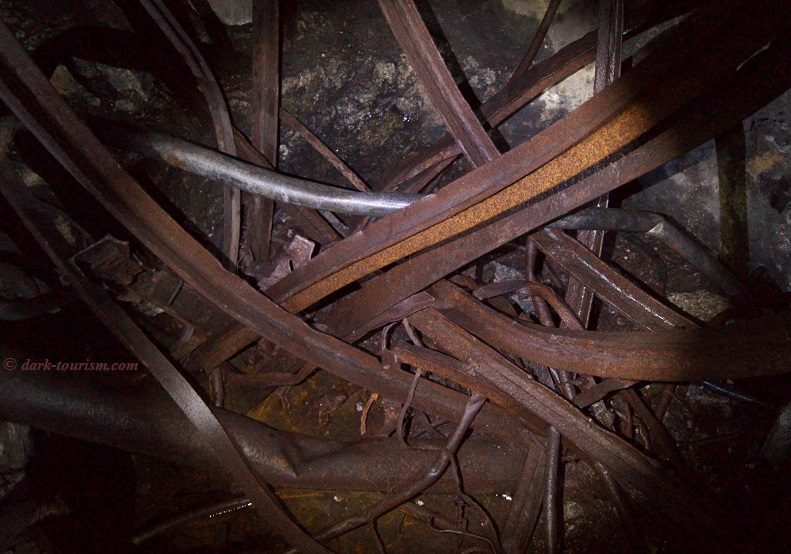
There’s plenty of graffiti inside, though I don’t believe you could really find Tito deep inside this site; he went to the great politburo in the sky in 1980, and even if he were to be resurrected and came back to Earth, I doubt Željava would be his first choice (more likely Brioni!)
